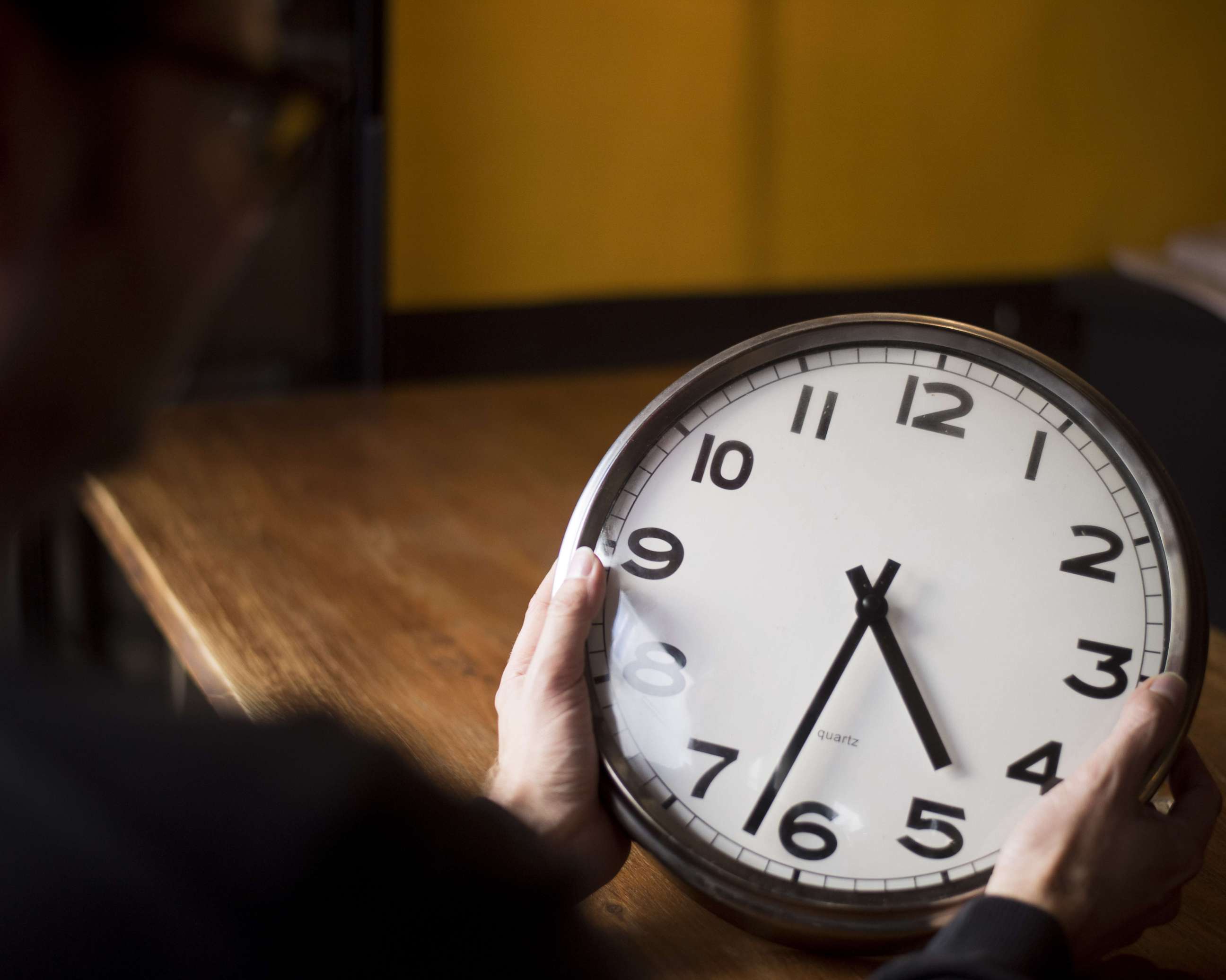As daylight saving time approaches, some states want to make switch permanent
Remember to "spring forward" one hour on Sunday.
As Americans prepare to "spring forward" one hour on Sunday for daylight saving time, some senators are hoping to make the switch permanent.
Sen. Marco Rubio, R-Fla., said Tuesday that he and fellow Florida Republican Sen. Rick Scott as well as bipartisan colleagues from Oklahoma, Missouri, Rhode Island, Oregon, Mississippi and Massachusetts have reintroduced the Sunshine Protection Act in an effort to make daylight saving time permanent across the U.S.
A bill to allow Florida to remain on daylight saving time year-round was signed into law in 2018, but for Florida's change to apply, the federal statute must be changed, Rubio said.
"Fifteen other states -- Arkansas, Alabama, California, Delaware, Georgia, Idaho, Louisiana, Maine, Ohio, Oregon, South Carolina, Tennessee, Utah, Washington, and Wyoming -- have passed similar laws, resolutions or voter initiatives, and dozens more are looking," Rubio said in a statement.

Rubio's statement said the change could bring improvements, including shrinking seasonal depression, reducing car accidents by better aligning daylight hours with commuting times, cutting down on robberies by adding more daylight hours and lowering childhood obesity by adding more time for physical fitness.
Sen. Ed Markey, D-Mass., added in the statement, "Studies have found year-round Daylight Saving Time would improve public health, public safety, and mental health -- especially important during this cold and dark COVID winter."
"I am now proud to sponsor the Sunshine Protection Act to add an extra hour of sunshine for the full 365 days a year," Markey said.
What is daylight saving time?
It was invented to make the best use of daylight hours. Benjamin Franklin created the concept of daylight saving time, according to NASA, and it has been used throughout much of the U.S., Canada and Europe since World War I.

What states don't observe daylight saving time?
It's not observed in Hawaii, Puerto Rico, American Samoa, Guam, the U.S. Virgin Islands and most of Arizona.
When does it end?
This year daylight saving time will end on Sunday, Nov. 7.
The official start/stop dates have been amended multiple times
In 1966, President Lyndon Johnson signed a law stating that daylight saving time begins on the last Sunday of April and ends on the last Sunday in October of each year, according to NASA.
The law was amended in 1986, and daylight saving time officially began on the first Sunday in April, but the end date remained the same.
In 2005, President George W. Bush signed an energy policy bill that would extend daylight saving time by four weeks, beginning on the second Sunday of March, according to NASA. That law went into effect in 2007.

It may affect your health
According to Health.com, in vitro fertilization success rates drop in March, immediately following the time change. Heart attacks also spike after the spring time change, and the number of strokes rises when daylight saving time starts and ends.
Exhaustion and fatigue are a common effect as well, especially in teenagers, Health.com reported.
Tips to make the switch easier
Those worried about easing into a new schedule can take small steps like eating dinner early, taking an afternoon nap and avoiding screens before bedtime.
Click here for more daylight saving time tips.



